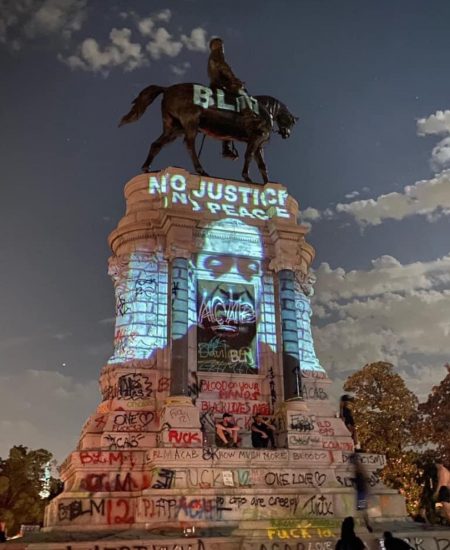
The statue of Robert E. Lee in Richmond during a Black Lives Matter protest in June 2020. Credit: Ron Frazier via Flickr
In the United States and around the world, Black Lives Matter protests are bringing down monuments erected to glorify colonialism and white supremacy. Robert E. Lee. Christopher Columbus. King Leopold of Belgium.
As Angela Davis said, “These assaults on statues represent an attempt to begin to think through what we have to do to bring down institutions and reenvision them, reorganize them, create new institutions that can attend to the needs of all people.”
“Everywhere people of conscience are challenging the iconography of exploitation, racism, and colonial domination,” notes Bill Bigelow, co-editor of Rethinking Columbus and co-director of the Zinn Education Project.
We offer here related lessons and articles.
Please make a donation this week to topple the Confederate narratives about history that still permeate U.S. classrooms.
Why Do People Believe Myths About the Confederacy? Because Our Textbooks and Monuments Are Wrong
By James Loewen
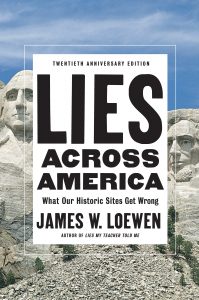 The Confederates won with the pen (and the noose) what they could not win on the battlefield: the cause of white supremacy and the dominant understanding of what the war was all about. We are still digging ourselves out from under the misinformation they spread, which has manifested in our public monuments and our history books.
The Confederates won with the pen (and the noose) what they could not win on the battlefield: the cause of white supremacy and the dominant understanding of what the war was all about. We are still digging ourselves out from under the misinformation they spread, which has manifested in our public monuments and our history books.
Also see James W. Loewen’s Lies Across America: What Our Historic Sites Get Wrong — a detailed description of monuments and markers across the United States.
Christopher Columbus: No Monuments for Murderers
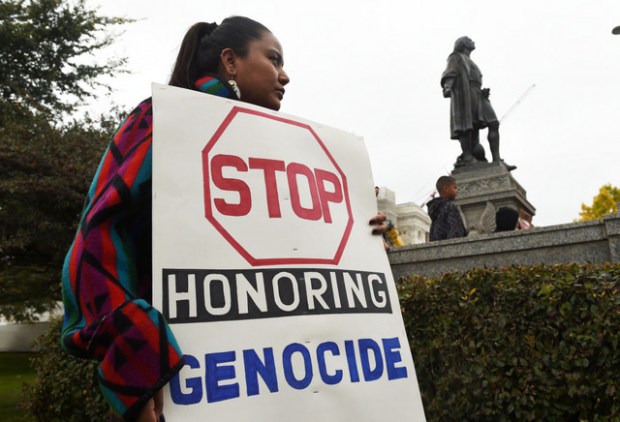
A group of about 50 people met at the Minnesota Capitol to call for the Christopher Columbus statue to be taken down. Credit: Pioneer Press/Scott Takushi.
By Bill Bigelow
A New York Times article described the growing calls to remove monuments that celebrate the Confederacy. The article went on to cite some who balk, however, when “the symbolism is far murkier, like Christopher Columbus.” But there is nothing murky about Columbus’ legacy of slavery and terrorism in the Americas. The record is clear and overwhelming. . . .
So yes, let’s pull down the monuments, let’s make the holidays more inclusive, let’s rewrite the textbooks and children’s literature. But let’s also challenge the fundamental structures of ownership, power, and privilege that have given us such a skewed constellation of heroes and holidays.
Congo, Coltan, and Cell Phones: A People’s History
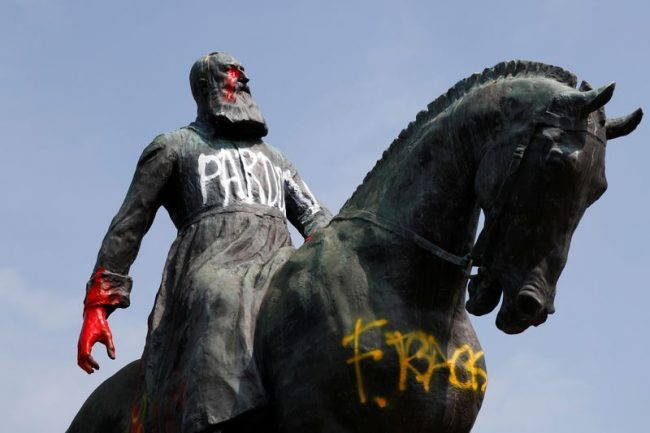
On a statue of former Belgian King Leopold II, BLM protestors spray-painted anti-racist slogans and painted its hands and eyes red during protests in early June 2020. Credit: Reuters.
By Alison Kysia
From 1885 to 1908, Congo was colonized by the king of Belgium, Leopold II, who took it as his own personal property. In this unit that includes mixer and trial activities, students learn about the colonial history of Congo, debate responsibility for crimes against humanity, and investigate the connection, past and present, between the exploitation of natural resources and violence.
Continue reading and download lesson
Bree Newsome: In Defiance of Oppression
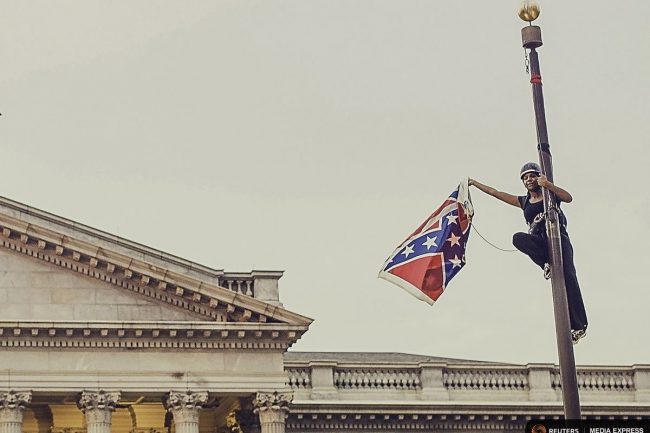
After the 2015 Charleston massacre, Bree Newsome climbed the State House flagpole and removed the Confederate battle flag. The state’s legislature voted to remove the flag the following week. Credit: Reuters Media Express/Adam Anderson Photos.
By Bree Newsome
The removal of statues these past two weeks has been informed and inspired by prior actions, such as the one taken by Bree Newsome in 2015:
I removed the flag not only in defiance of those who enslaved my ancestors in the southern United States, but also in defiance of the oppression that continues against Black people globally in 2015, including the ongoing ethnic cleansing in the Dominican Republic. I did it in solidarity with the South African students who toppled a statue of the white supremacist, colonialist Cecil Rhodes. I did it for all the fierce Black women on the front lines of the movement and for all the little Black girls who are watching us. I did it because I am free.
To all those who might label me an “outside agitator,” I say to you that humanitarianism has no borders.
Abolish Columbus Day
Instead of glorifying a person who enslaved and murdered people, destroyed cultures, and terrorized those who challenged his rule, we seek to honor these communities demanding sovereignty, recognition, and rights.
We encourage schools to petition their administration and for communities to introduce legislation to rename Columbus Day to Indigenous Peoples’ Day and provide resources for students to join their voices in the movement to Abolish Columbus Day.
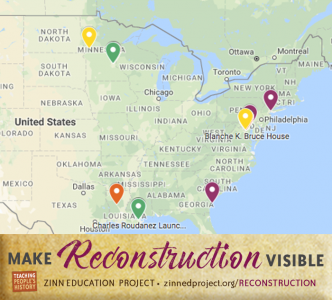 Make Reconstruction History Visible Mapping Project
Make Reconstruction History Visible Mapping Project
The “Make Reconstruction History Visible” mapping project is an opportunity for students, families, and teachers to identify and advocate for recognition of Reconstruction era history in their community. This helps students learn about this vital era in U.S. history while also playing an active role in giving visibility to an era that has been hidden or misrepresented for too long.
For this project, students identify and document Reconstruction history such as schools, hospitals, election sites, Freedmen’s Bureau offices, Black churches, Black newspapers, Black owned businesses, prominent individuals, organizations, key events, and more.
This is an opportunity for young people to identify and propose new monuments, memorials, and statues in their communities. Learn how to participate.
Help Topple Lost Cause Textbooks
With no corporate sponsors, 100 percent of Zinn Education Project funding comes from individuals like you.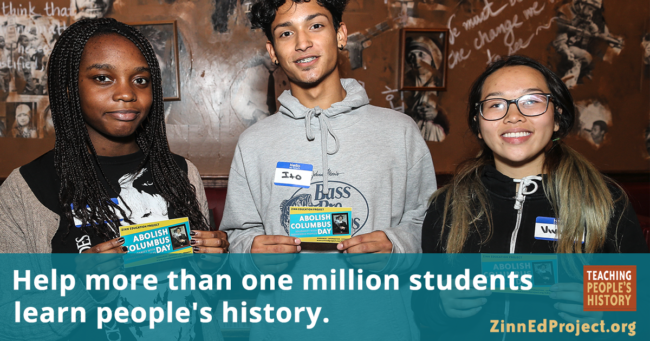
Donate today and we’ll overcome the Confederate narrative together by providing teachers with materials to teach outside the textbook.

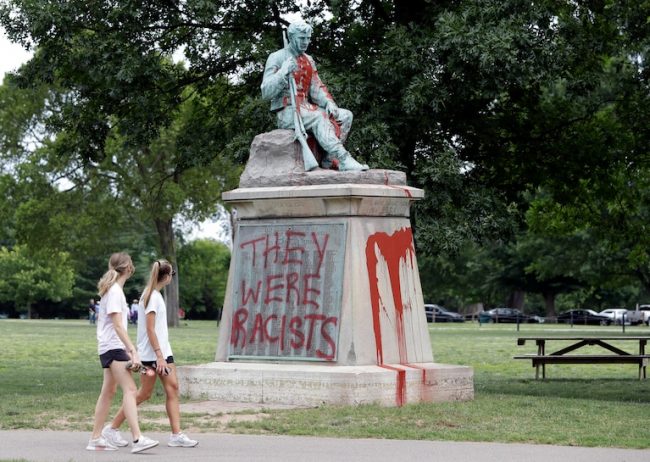
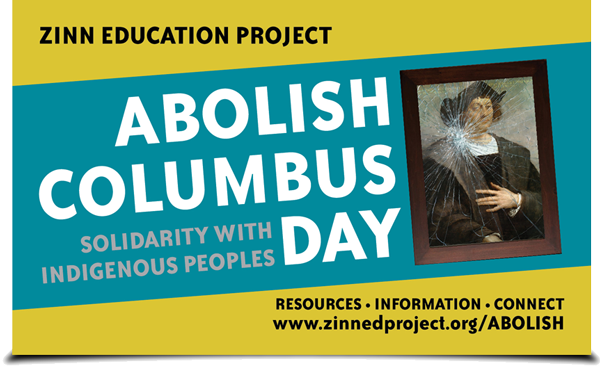
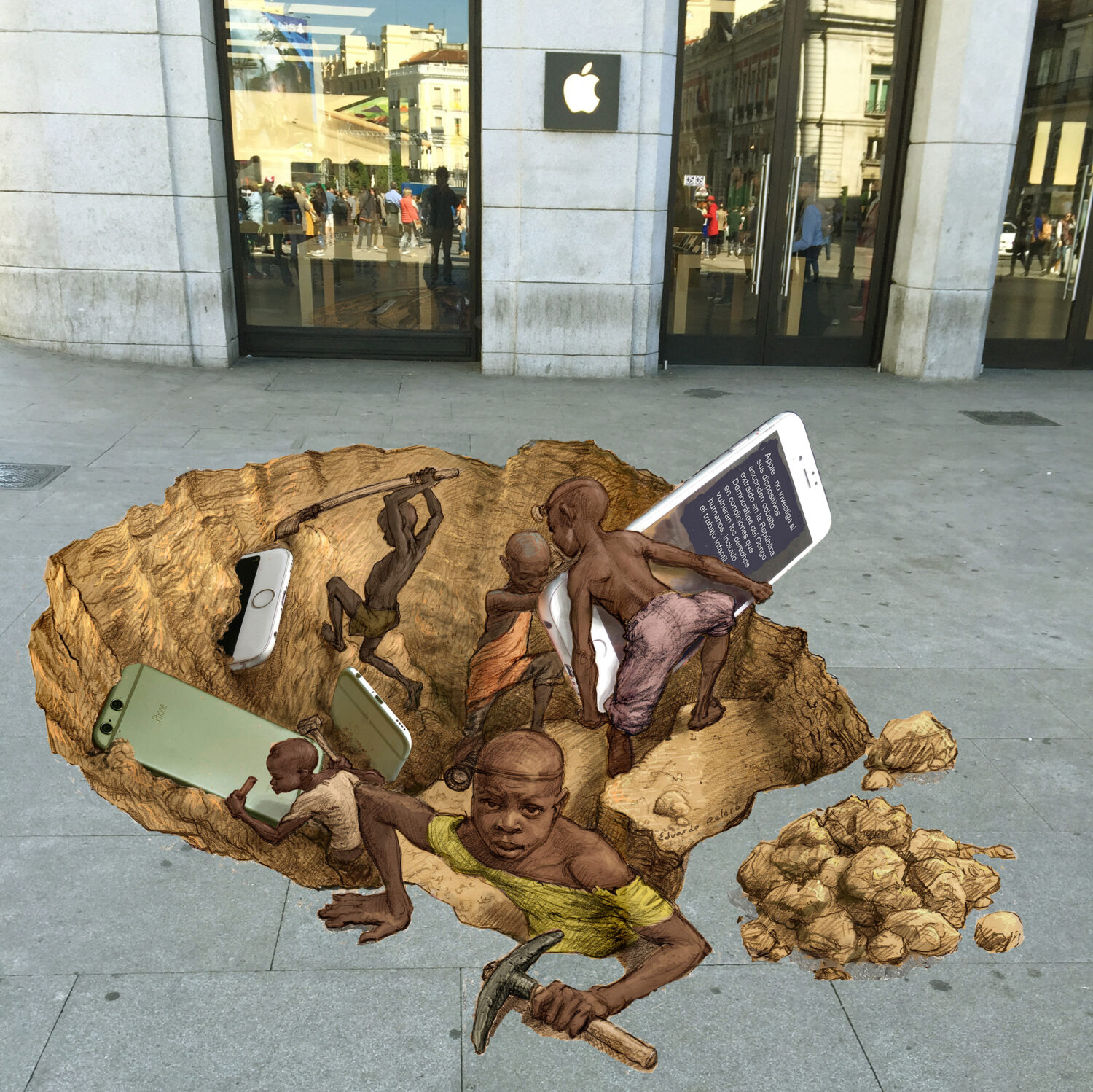
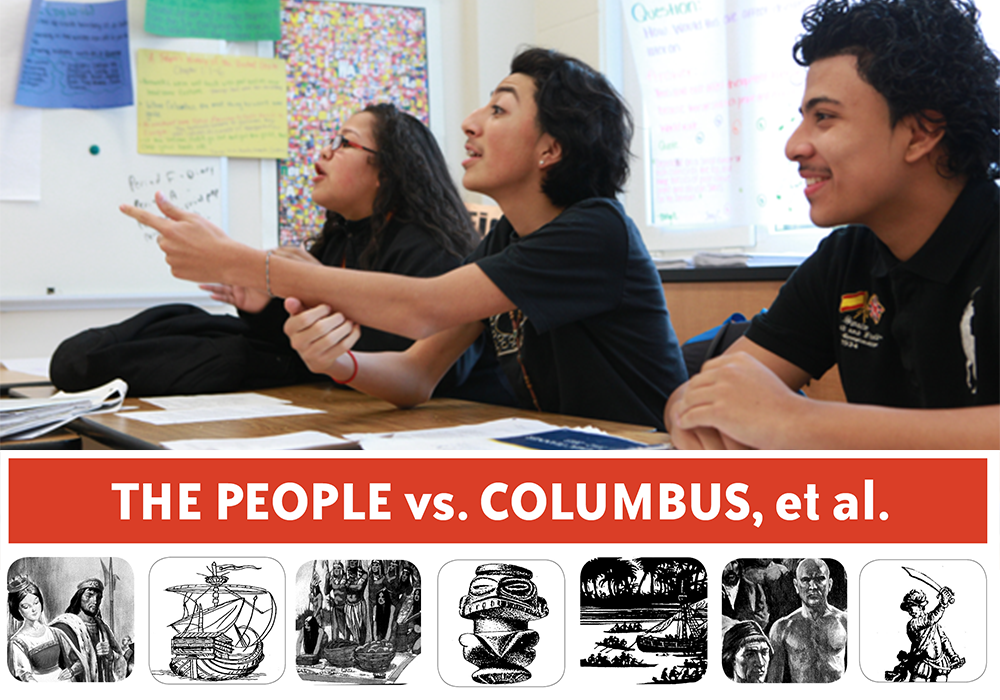

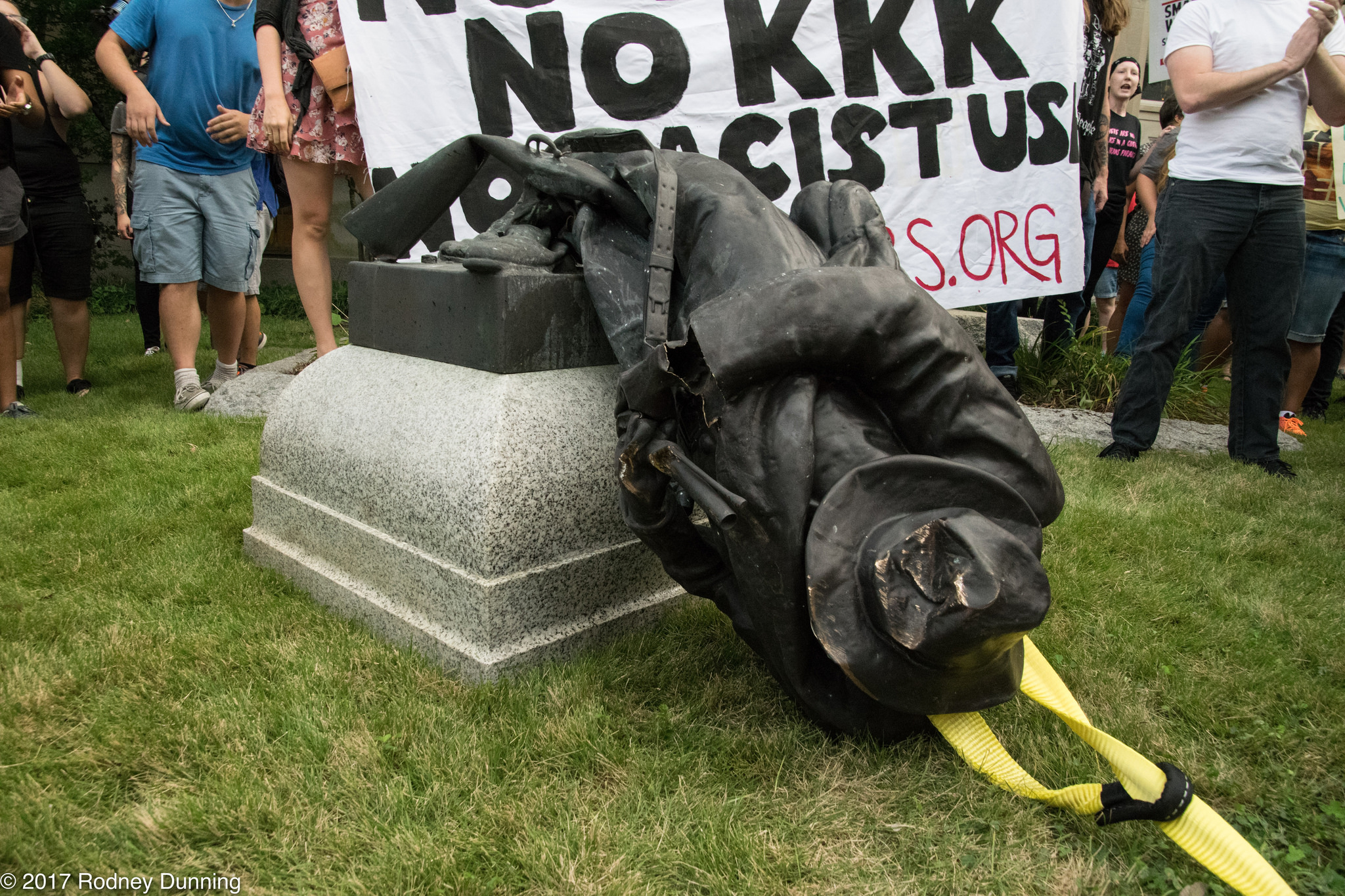
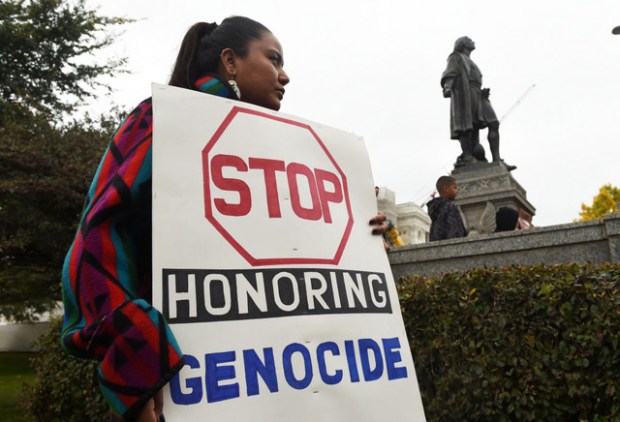
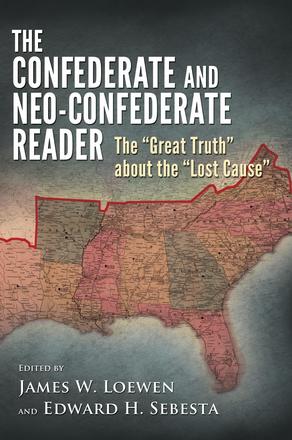
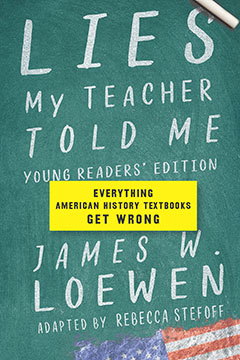
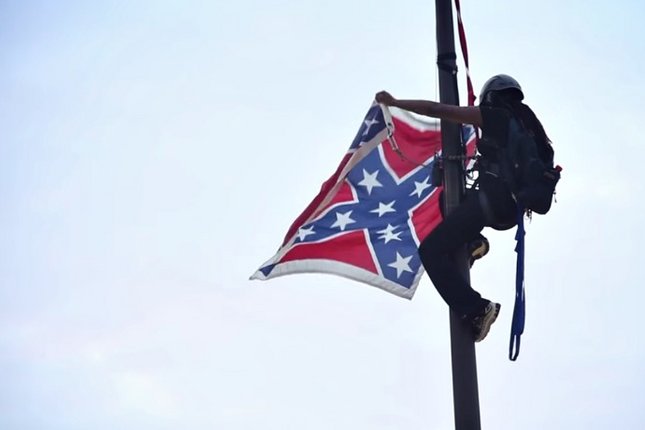





Twitter
Google plus
LinkedIn